सुखराइत अर्थात् तिहार
परिचयः सुखराइत थारुको एक प्रमुख चाड हो। लुनार क्यालेन्डर अनुसार यो चाड दशीया (दशैं, विजया दशमी, बडा दशैं, दसहरा, दशमी) पछि लगतै आउने कार्तिक महिनाको औंसी (New Moon ) देखि सुरु भई लगातार ३ दिन सम्म धुमधाम मनाइन्छन्। यो चाडको प्रमुख विशेषता नै रातभरि बती/ दियो/ मैनबती (क्यान्डल) झिलिमिलि बाल्ने रहेको छ।
यसैले यो चाडलाई दीपावली (दीप= दियो/दिया/चिर्खा + वली = बाल्नु/जलाउनु/ उज्जवल पार्नु) पनि भन्ने गरिन्छन्। यो चाडलाई तिहार (ति + हार) पनि भनिन्छन्। जहाँ ‘ति’ को मतलब तीन र ‘हार’ को मतलब माला हुन्छ। यसरी तीन दिनसम्म हर्षोल्लासको साथ शृङ्खलाबद्ध रुपमा मनाउने उत्सब/ चाँड/ पर्वको मालालाई तिहार भनिन्छन्। यो चाडको अर्को प्रमुख विशेषता हो:- घर आँगनलाई सरसफाई तथा सजावट गरेर राख्नु। यो चाडले औधी खुसी दिने हुनाले थारुहरु आफूलाई सुखी ठान्छन्। यसरी दुःखका दिनहरुलाई बिर्सेर सुखका रातहरुलाई सम्झिदै यो पर्व/ पावैन/ पवनी/ चाड मनाउने हुनाले नै यो चाडको नाम सुखराइत रहन गएको हो। थारु भाषामा रात वा रात्रीलाई ‘राइत’ भन्छन्।
प्रमुख विशेषता:
१) घर आँगन तथा वरिपरिका वातावरण सरसफाई राख्ने र सजाउने।
२) सुखराइतमा रातभर तीन दिनसम्म लगातार दियोबती बाल्ने।
सुखराइत आउनु भन्दा १ महिना पहिला देखि नै थारु महिला तथा पुरुषहरुले आफ्ना घर आँगन र वरिपरिका वातावरण सरसफाई गर्न थाल्छन्। माटोको घर हुनेले रातो र सेतो माटोले घर लिपपोत गरेर सजाउछन्। पक्का (सिमेन्ट, ढुंगा र स्टील-छड) को घर हुनेले व्हाइट सिमेन्ट, समोसन, पेन्ट्स लगाएर घर सजाउछन्।
सुखराइतको पहिलो दिन थारु समाजमा आकाशदीप (आकाशदीप बासको बत्ती/पत्तिले मन्दिर जस्तो बनाइन्छ, त्यसमा रंगीचंगी कागतले टासेर श्रृंगारिन्छन्। आकाशदीपको बीच भागमा एउटा ठूलो दीयो अड्ने पट्टि राखिन्छन्। आकाशदीपलाई एउटा लामो डोरीले बाध्छन्। बाहिरी आँगनको बीच भागमा एउटा अग्लो सिधा बास गाडिन्छन्। त्यही बासको टुप्पो सम्म पुग्ने गरि आकाशदीपलाई एउटा लामो डोरी र पुलीको सहायताले हरेक सुखराइतको बेलुका दीयो बालेर टाँग्ने चलन छ।) बनाउछन्। सुखराइतभर बेलुका आकाशदीप बाल्छन्। यो आकाशदीपको दीयो रातभर जल्छन्। साथै घरआँगनको चारैतिर दीयो/चिर्खा बाल्छन्। हिजोआज मैनबती पनि बालिन्छन्।
Introduction to Sukharait:
It is one of the greatest festivals of Tharu. It has extremely high significance to Tharu Society or Community. It falls on Aunshi din (New Moon Day) as Lunar Calendar. It consecutively extends till three days. It is celebrated to Tharu Community with happiness and blessings. The main features of Sukharait are cleansing and decorating houses and atmospheres around as well as lighting up candles and/or #diyos (diyas), it is made up of rice flour or clay by mixing it with water proportionally, whole night. That is why this festival is known as Deepawali (the festival of lights) even. This festival is also called Tihar (Ti+har). Where ‘Ti’ means three and ‘har’ means garland/ series. Thus, it is called Tihar because of being celebrated till three days serially. This Pawain [थारूः पावैन/पवनी] (festival) grants full delight and peace to Tharu. Tharu people forget all their difficulties and pain of gone days, and remember or hope for their bright future days and nights. In this way this #Pawain is known as Sukharait to Eastern Tharu Community.
Events/activities at Sukharait: The key programs at Sukharait are as follows:
1. HukeHuka [Tharu: हुकेहुका]
2. Hurra [Tharu: हुर्रा]
3. JamJitiya [Tharu: जमजितिया]
HukeHuka:
This is the first day of Sukharait. Early in the morning Tharu people wash and clean a Har/Hallo [Tharu: हर] (plough), a kodali (spade), a pasni/khurpi (shovel), a haasu/kachiya (sickle) and all household weapons. They (all equipment and tools) are put in front (right/left side) of Dhaja [Tharu: धाजा/ध्वजा] —a two holy pillars of bamboo which covered with white cloth on the body and a red cloth on the head. On the head of the pillar there is attached a Trishul (a type of weapon). The Dhaja is being stood in front of Devghar— represents as a watchman (Hanuman). Then the cleaned tools are patterned with vermilion #sinaur [Tharu: सिनौर] and rice flour #pithar [Tharu: पिठार] in a little water.
At day, Tharu women cook Bagiya and offer it to Har and Kodali (the tools) and worship. In the evening, they make a HukeHuka of Santhi (Tharu: सन्ठी] (processed stem of jute) and tie it up with labaka bahrani (new Bahrani grass). It is made a plus with Santhi on the head of HukeHuka to put a Diyo. They put a HukeHuka on each roof of houses, gahali [Tharu: गाहली] (cowshed), khor [Tharu:खोर] (pen) and at bari (garden) or at DhanKhet (paddy field). It is supposed a good sign. In the eve a Diyo is lit at the Devghar. One main diyo is lit in the main gate of devghar. With the help of this diyo some other diyos are lit inside and outside of houses. One member of each family lights HukeHuka up with the main diyo. He/she reads a spell, “Daridra bahar ho, Laxmi ghar dhuk” by revolving around the house yard in clockwise. It means he/she is inviting the goddess of wealth (here Laxmi) to enter in their houses for prosperity and on the other hand, they are chasing poverty [Tharu: दरिद्र] with the fire of HukeHuka. Thereafter a member from each door of a village comes out in the playground with HukeHuka. They throw it in the sky shouting ‘HukeHuka’. They gather the remains of HukeHuka at middle of the playground. They commence skipping/jumping over the burning hukehuka. After putting the fire off hukehuka, they take some pieces of it to their houses and put it at vegetable garden. It is believed if they put it at their garden, the land becomes fertile and vegetables grow well. Likewise, he carries one hukehuka and a diyo to their paddy field. He stands the hukehuka on the middle bracket [Tharu: आली] and enlightens diyo. He reads a spell loudly, ‘Hamar Dhan Shair Ho’ [Tharu: हमर धान शैर हो]. It means he wishes his paddy would become healthy and grow or ripen well. Besides, the head of family members or a representative worships a cow, cereals, property and money in the evening. A female member makes a pattern in front of the main gate of her house. The pattern [Tharu: रंगोली] is made up of different color of sand/powder or flower petals. In the middle of the pattern, a diyo is lit. She invites deities (especially the goddess of wealth) through the pattern.
Hurra:
It is the 2nd day of Sukharait. Tharu people worship oxen (bullocks) this day. Tharu people bring DULPHI (a type of herbs) and grind it in Lohri or Silaut (a grinding machine of a stone) with a little water. Dulphi is available at a mustard field. They mix the paste of Dulphi with mustard oil and feed it to oxen with the help of Kaayir (a tool made of bamboo). Such drink works as whisky for oxen. Some Tharu people cut he-goats or pigs at this morning. All tharuwan people enjoy eating meat, Bagiya and gadri chiura (beaten rice prepared with half-ripen paddy) all day. At between 10:00 AM to 12:00 PM Tharu boys collect baharni and hurra (herbs) from Bhitha khet [Tharu:भिठा ](high land field) collectively. They prepare a Hurra tying ropes of Odra or San (Jute). In the evening (nearly from 3:00 PM to 5:00 PM) all cows, calves and oxen of a village are gathered at a playground. Tharu people stand in the border of the ground so that cattle will not run away. Some boys play dhol/dholak (a musical instrument like a drum) and some boys throw a bead of hurra over oxen. The oxen being able to carry hurra become a champion of the year. The hurra counts for championship. After one and half hour of this program all cattle are left to their owners cowsheds. Then a boy carries hurra to door to door of the village turn by turn. The owner of the house put a lota [Tharu: लोटा] (a jug) or dol [Tharu: डोल] (a bucket) of water over hurra and takes some fibers of hurra and puts it at his/her cowshed. That fiber of hurra symbolizes good days for their cattle.
JamJitiya:
It is the 3rd day of Sukharait. Tharu people enjoy having bagiya, timan (meat), chiura, selroti (doughnut). Besides, a sister worships Jam (god of death) and her brother as well as puts tika (7-colored pattern) on forehead to her brother. Also she breaks okhar (nut) on the door where her brother is being worshiped (our brain is similar to meat of okhar, a type of fruit. Therefore a sister breaks it remembering the head of death and gives okhar to eat her brother). Jam became so impressed with the sister and promised her who would do it, the god of death (Tharu: Jam) will not take her brother to the hell untimely. Later she lets her brother eat delicious food. Apart from this a brother provides a gift or cash to his beloved sister.

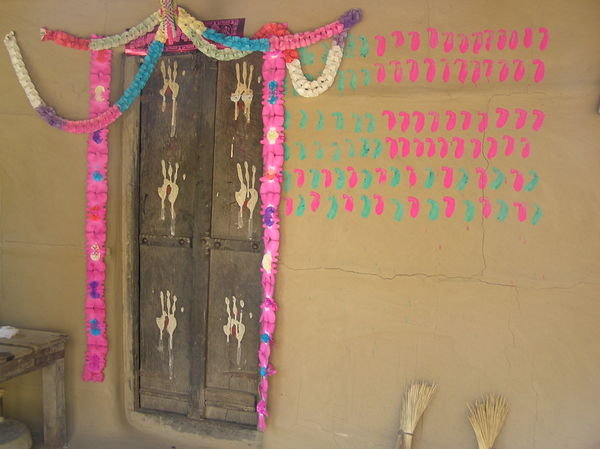

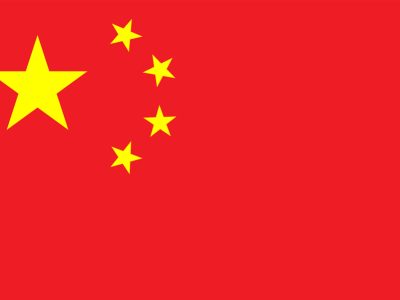

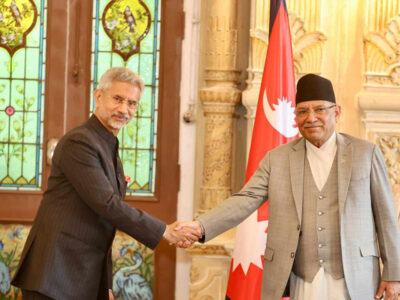

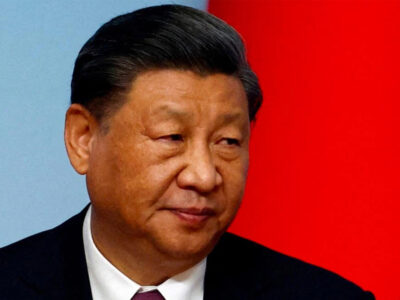













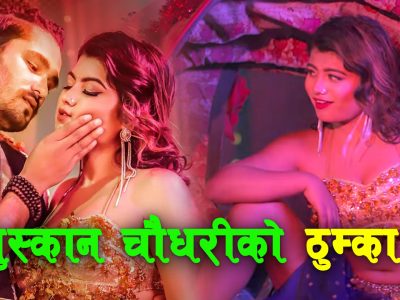
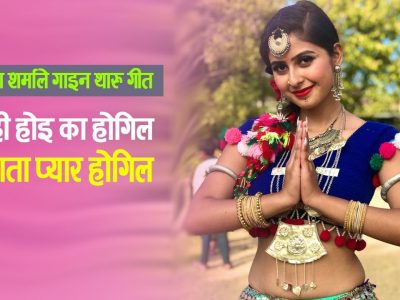
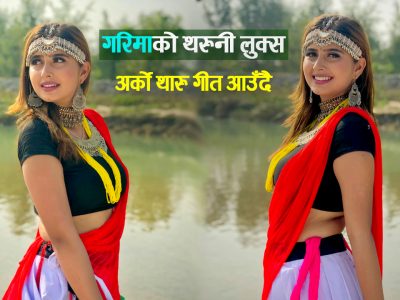
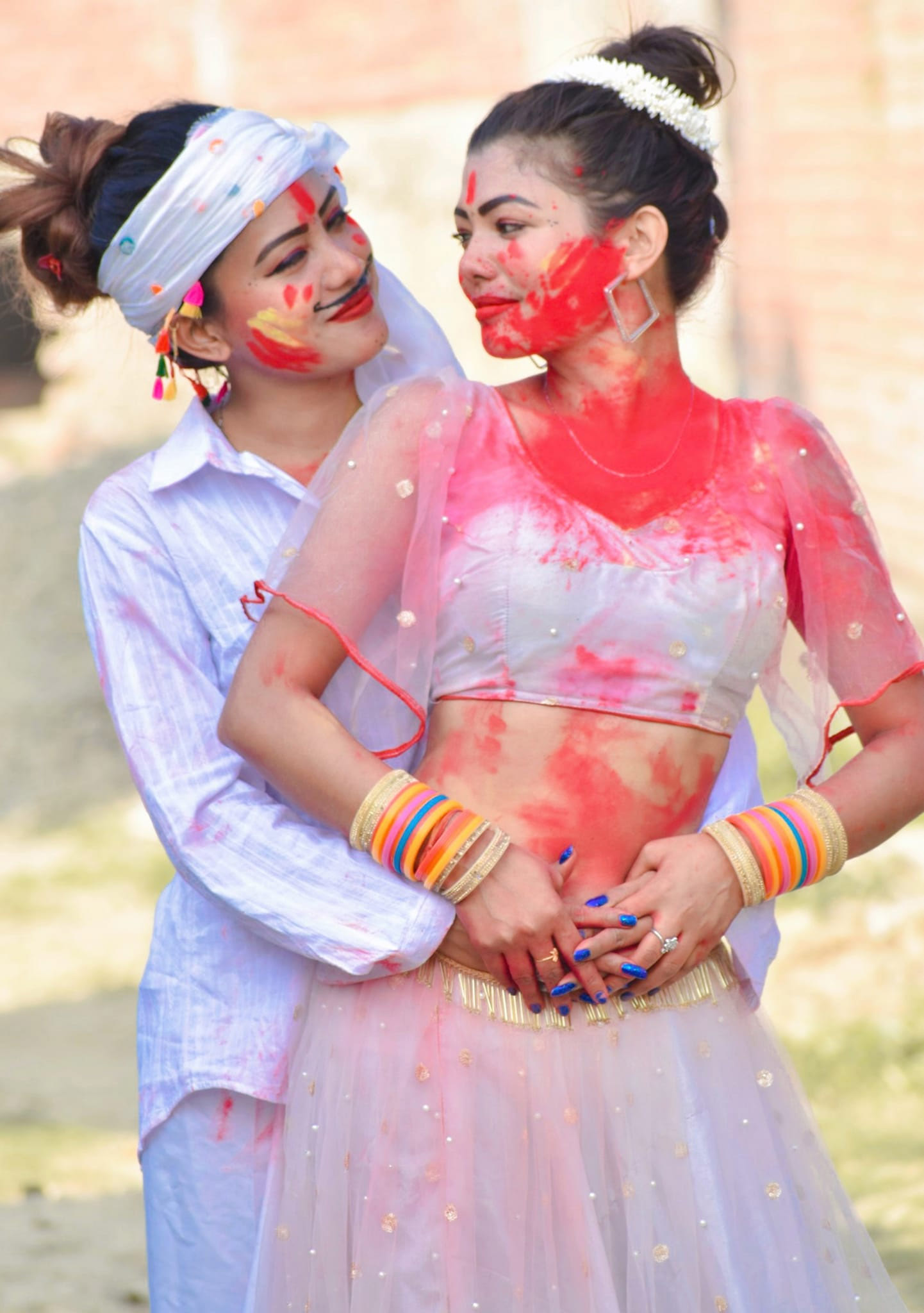

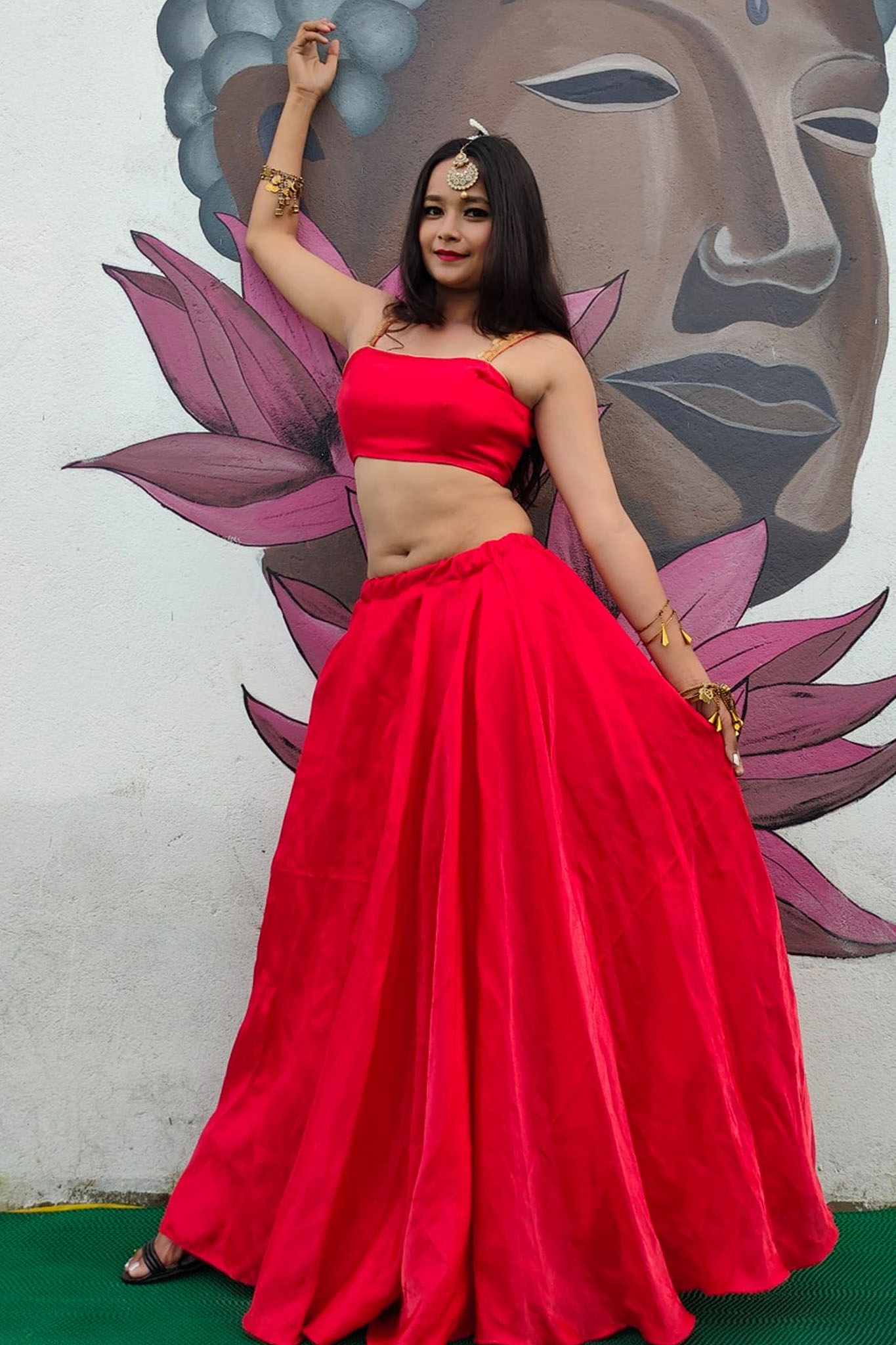
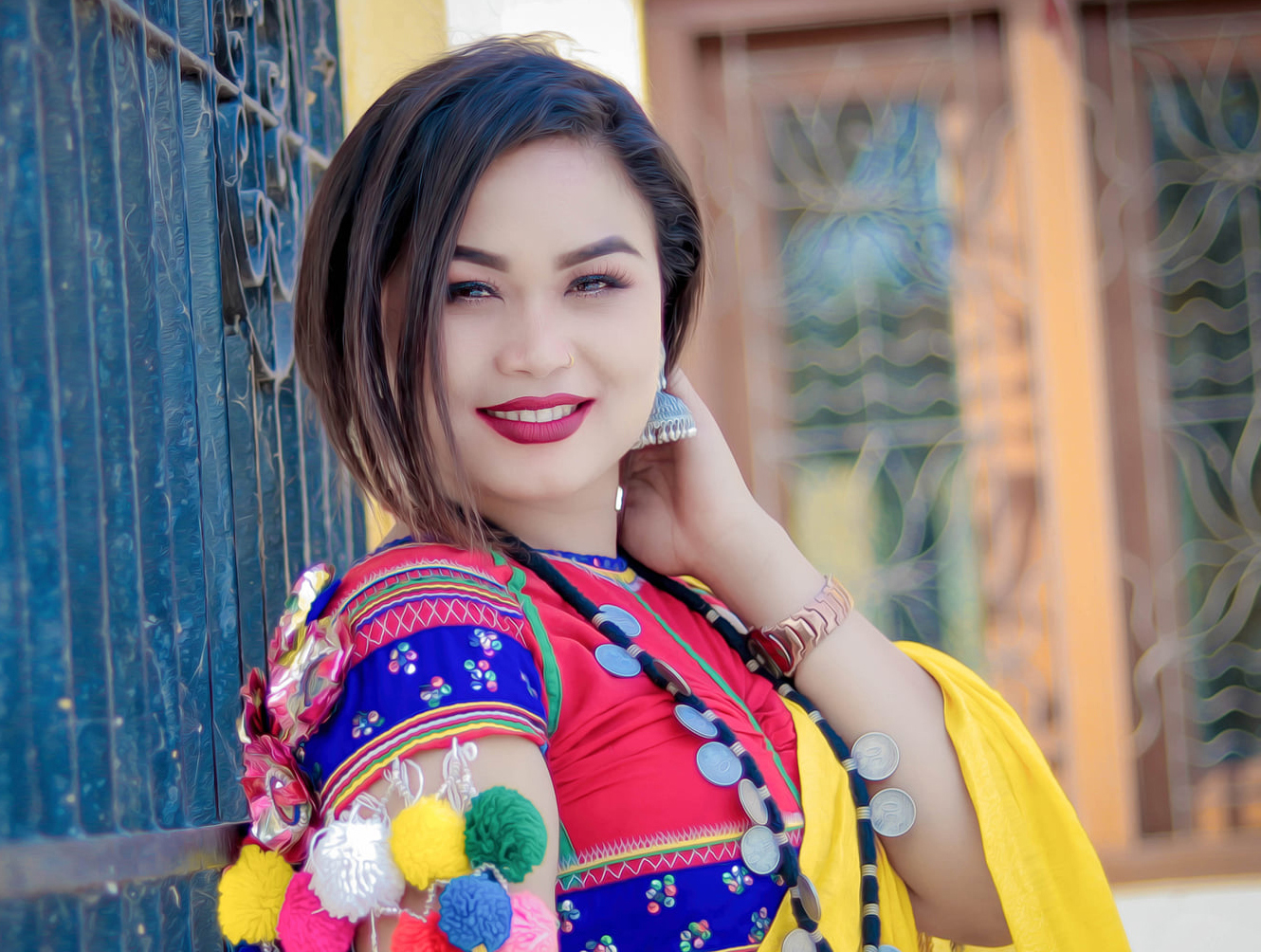
Facebook Comment